Yellowstone National Park – Norris Basin & Mammoth Hot Springs
We visited Yellowstone National park as our first park during our visit to 7 National Parks. We had 2 ½ days to explore the Yellowstone National park. We traveled from Salt Lake City to Yellowstone Park and reached West entrance around 5 pm in the evening. We visited Madison area and followed by Norris Basin. To read more about the Madison area, check out my previous post here. The park is so vast and the Grand loop connects all the regions of the park. But then, completing the Grand Loop takes more than 2 days.
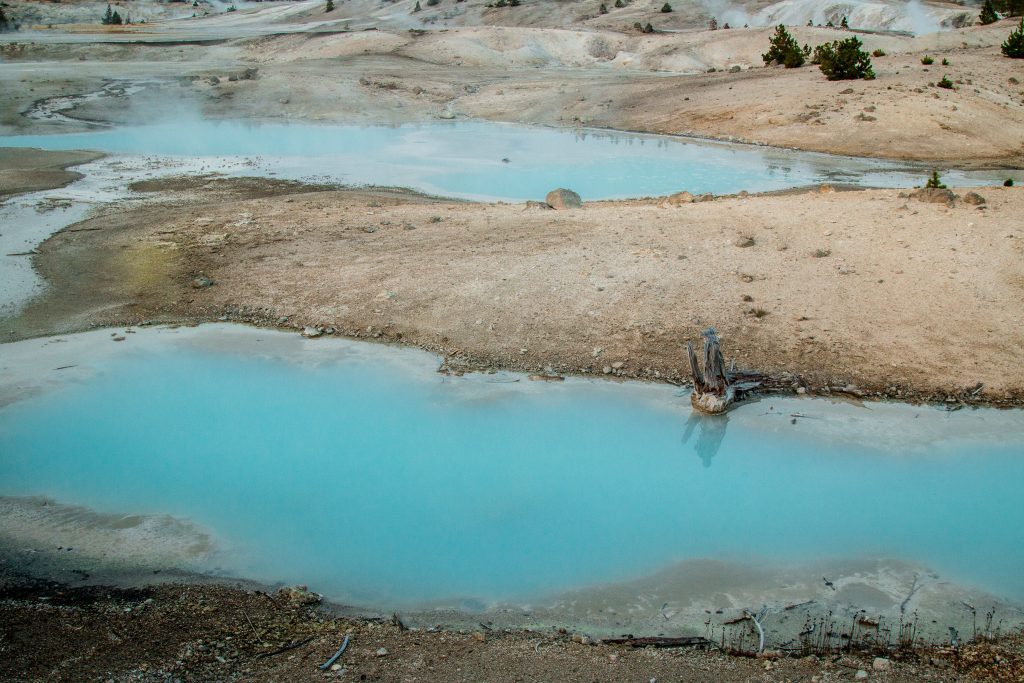
Porcelain Basin – Blue Milky Pools
Norris is one of the hottest and most acidic of Yellowstone’s hydrothermal areas. The Norris region being a part of one of the world’s largest active volcanoes is an ever-changing landscape where new hot springs and geysers appear every year and the older ones become dormant. And also, Norris region is one of the most unpredictable areas where clear pools become muddy and boil violently; pools become geysers; geysers stops erupting or erupts in new cycles. This sudden activity is referred to as Thermal Disturbance and usually last for a few days.
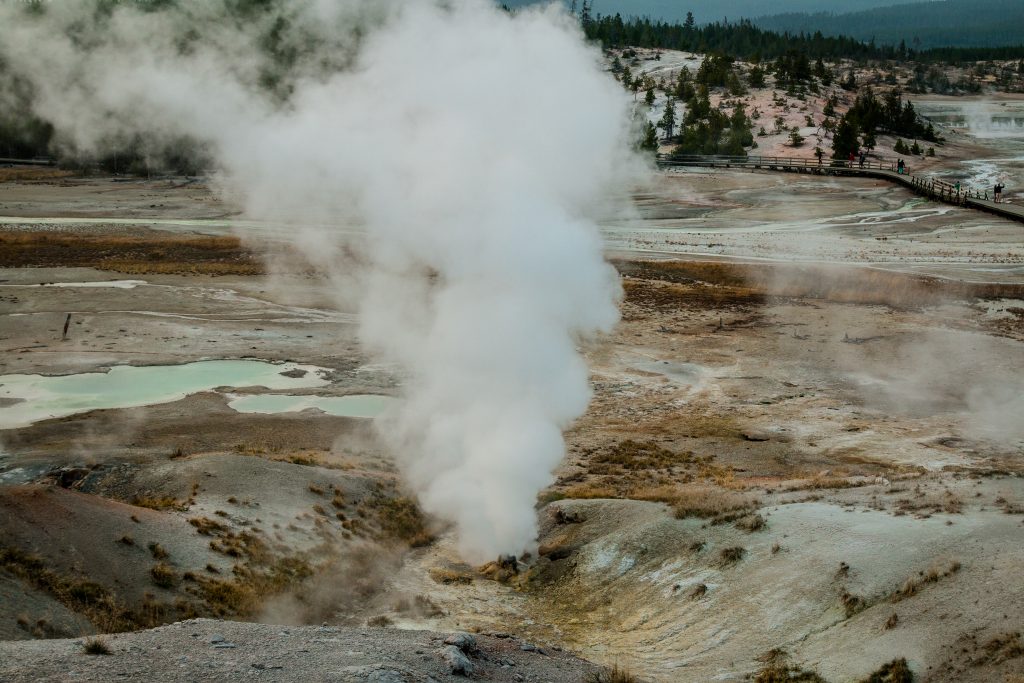
Fumaroles – Norris Porcelain Basin
Fast Facts:
- Very active Earthquake area
- Steamboat Geyser – the tallest active geyser in the world is in Norris area
- The colors of the Norris area is formed by thermophiles – heat-loving microorganisms
- Yellow – Sulfur deposits
- Dark brown, rust and red – deposits of iron-oxide
- Emerald Green – contains chlorophyll and algae mats
- Dark blackish green mats – alga community in a cooler area
NORRIS GEYSER BASIN
Norris Geyser Basin consists of two geyser areas – Porcelain Basin and Back Basin. The basins are accessed by a short trail and have paved boardwalk to visit the geysers and hot springs.
PORCELAIN BASIN
One can witness geysers splashing, milk blue pools saturated with silica and thermal waters. The thermals waters contain the highest concentration of silica in the entire park. There is a boardwalk in the basin which takes you over hot, acidic waters and spots to observe thermophile streamers and mats.
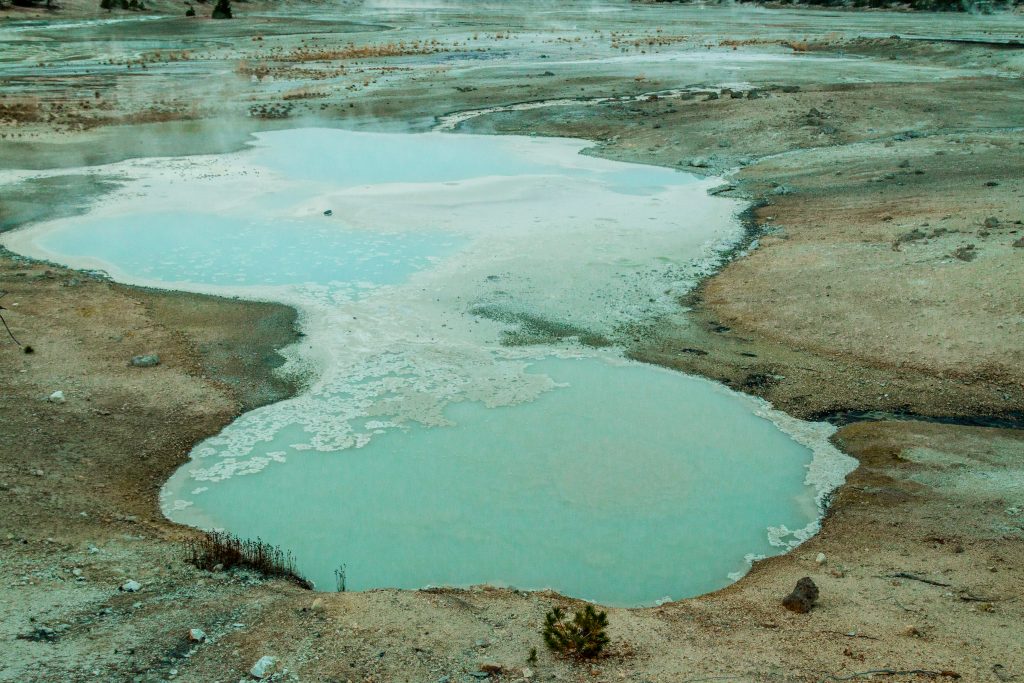
Porcelain Basin – Collodial Pool
PLACES TO EXPLORE:
- Ledge Geyser – erupts rarely and send water to 80 feet or more over the basin
- Constant Geyser – eruptions burst 20-30 feet high but barely last ten seconds
- Whirligig Geyser – erupts with the pulsing sound which can be heard around the basin
- Pinwheel Geyser – seen from the overlook beyond whirligig geyser; green colored by the thermophiles; hasn’t erupted for many years
- Whale’s mouth – a quiet spring in the lower part of the basin
- Crackling lake – produces popping sounds from springs
- Congress Pool – varies from steaming, dry vent to a boiling murky hot spring to an over-flowing blue pool
- Porcelain Springs – an ever-changing area of water from geysers to springs
- Hurricane vent – once a steamy and noisy fumarole
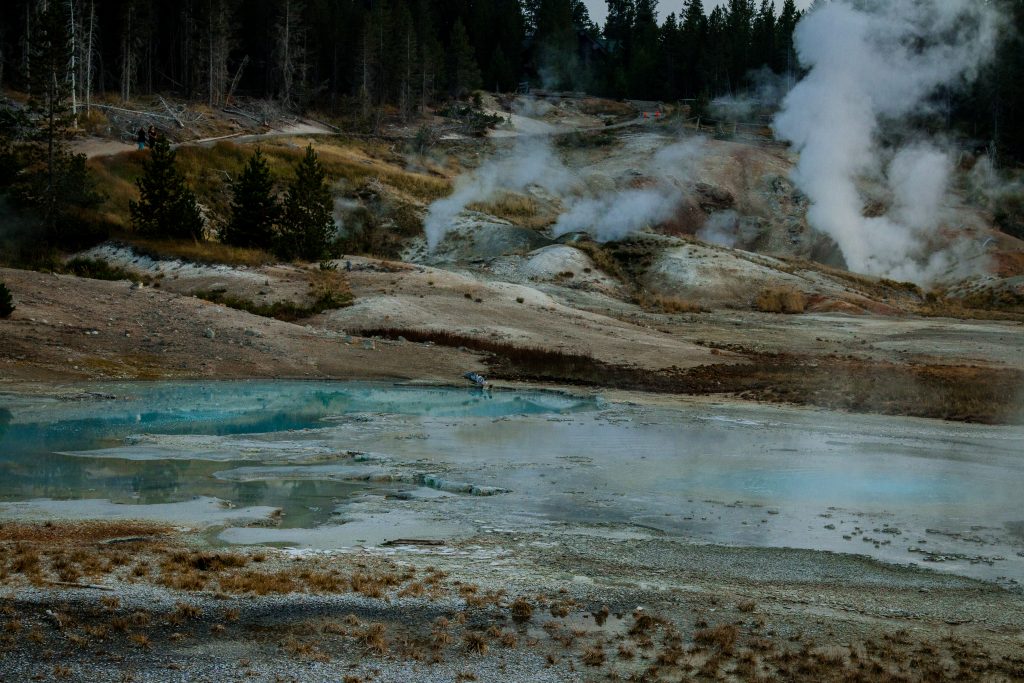
Porcelain Basin – Constant Geyser
BACK BASIN
A forested area with scattered and isolated features.
PLACES TO EXPLORE
- Emerald Spring – hot – close to boiling water pool which is 27 foot deep;
- Steamboat Geyser – World’s tallest active geyser which throws water more than 300 feet high
- Cistern Spring – linked underground with the Steamboat geyser – the springs empty whenever the steamboat geyser erupts; beautiful green or blue pool with constant overflow
- Black Pit Spring – sizzling pools
- Echinus Geyser – looks like the spines of sea urchins or sea stars
- Puff n Stuff Geyser – chugs and sprays water a few feet
- Green Dragon Spring – bubbling glassy water
- Blue Mud Steam Vent – muddy dry/overflowing steam vent
- Yellow Funnel Spring – roiling and murky pool
- Porkchop Geyser, Pearl Geyser, Vixen Geyser, Corporal Geyser, Veteran Geyser, Monarch Geyser, Palpitator spring, and Minute Geyser
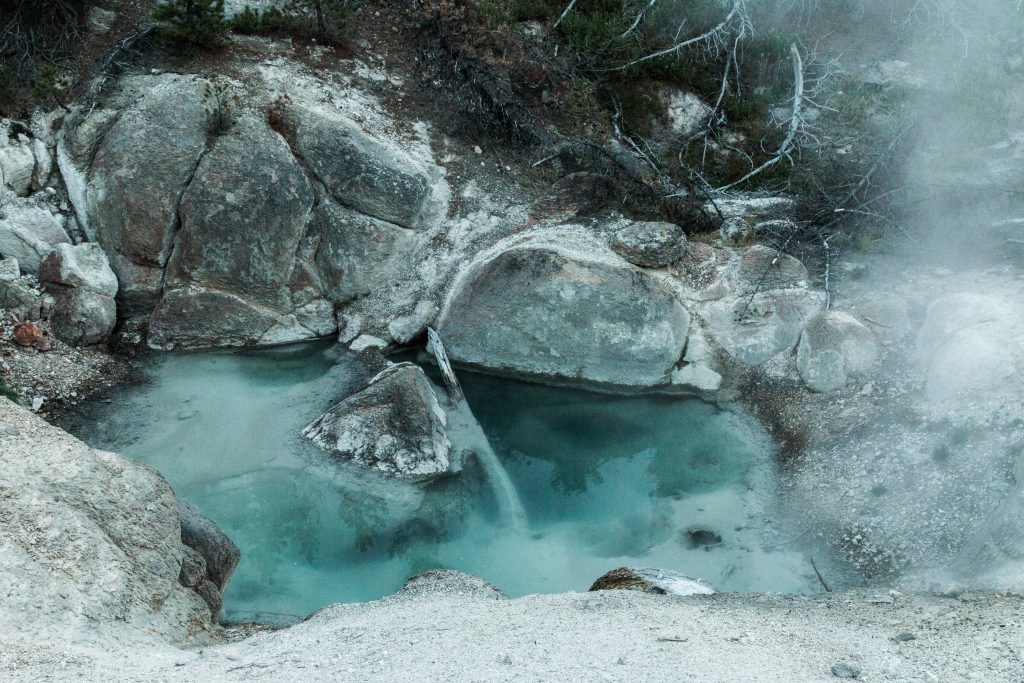
Porcelain Basin – Hurricane Vent
NORRIS MUSEUM
Established in 1930, Norris museum is a National Historic Landmark designated by Herbert Maier in the “Parkitecture” style. The style harmonizes manmade construction and natural surroundings by using local construction materials in their unfinished state.
ROARING MOUNTAIN
Located North of Norris on the Norris – Mammoth junction in the Grand Loop road lies the roaring mountain. The mountain is a large thermal acidic area with fumaroles and steam vents. The mountain makes hissing sound which at one time roared. Visitors can stop by and listen to the hissing sound.
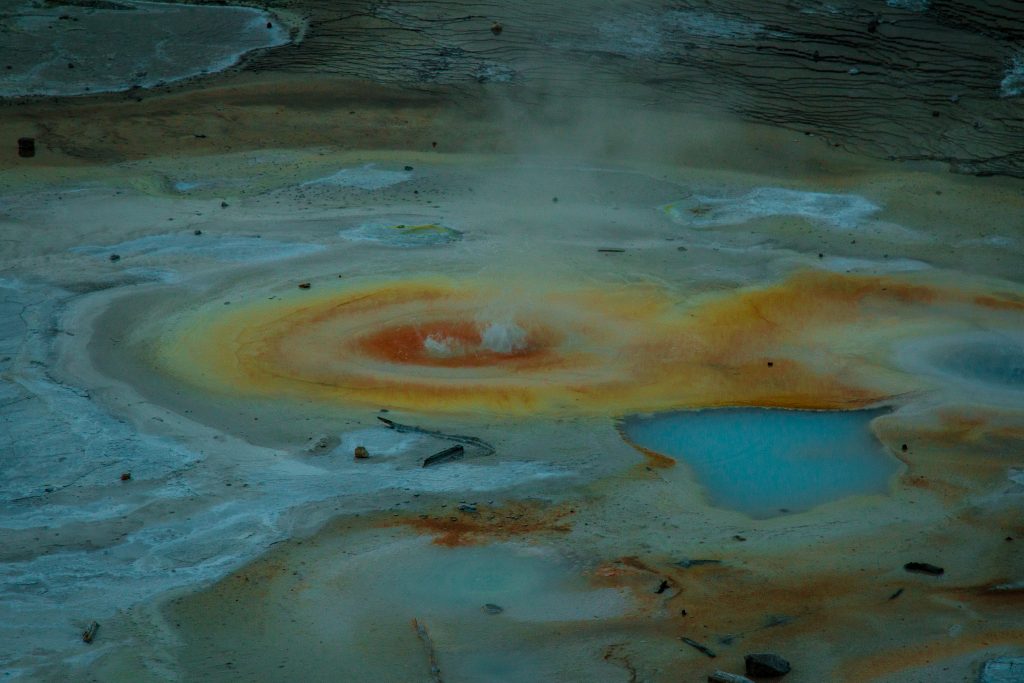
Porcelain Basin – Porcelain Springs
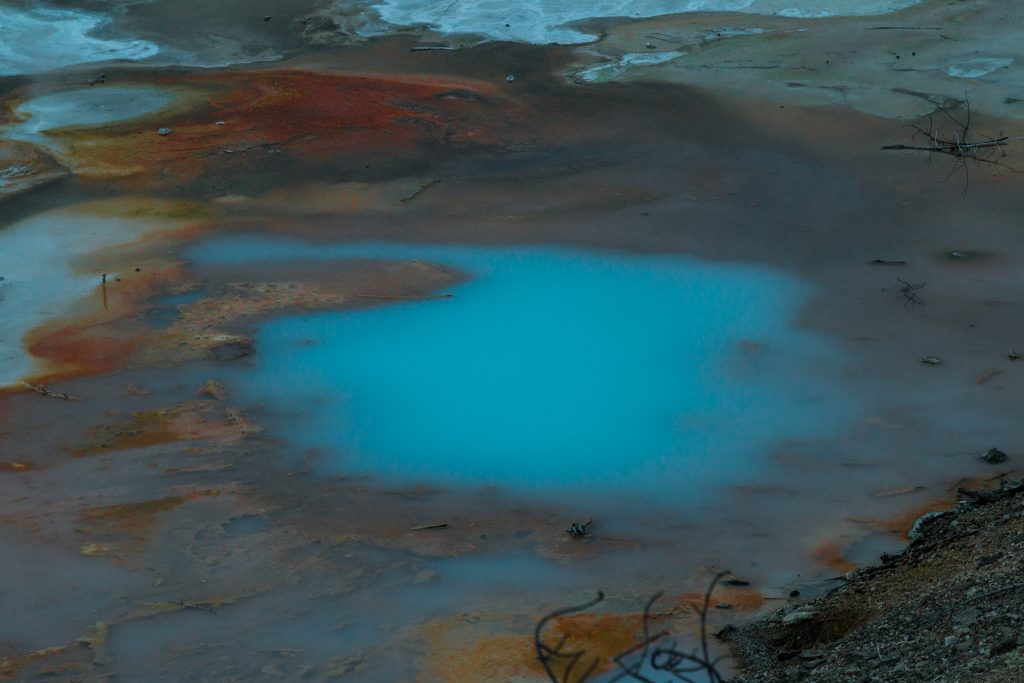
Porcelain Basin
GIBBON RIVER
The Gibbon River flows from the Wolfe Lake through Norris area and meets the Firehole River in the Madison area. The Gibbon River is a popular fishing destination.
We visited the Norris area around 6 pm in the evening and the back basin was closed for the season. We couldn’t visit the back basin as it is closed and also some parts of the Porcelain basin was also closed for the construction. We were able to witness geysers, steam vents and blue milky pool on our boardwalk in the Porcelain Basin.
By the time, we completed our boardwalk in the Porcelain basin, it becomes dark and we started driving towards the North entrance. We saw Roaring Mountain on our way back to the North entrance. We stayed in Livingston in an Airbnb which is close to the northern part of the Yellowstone Park.
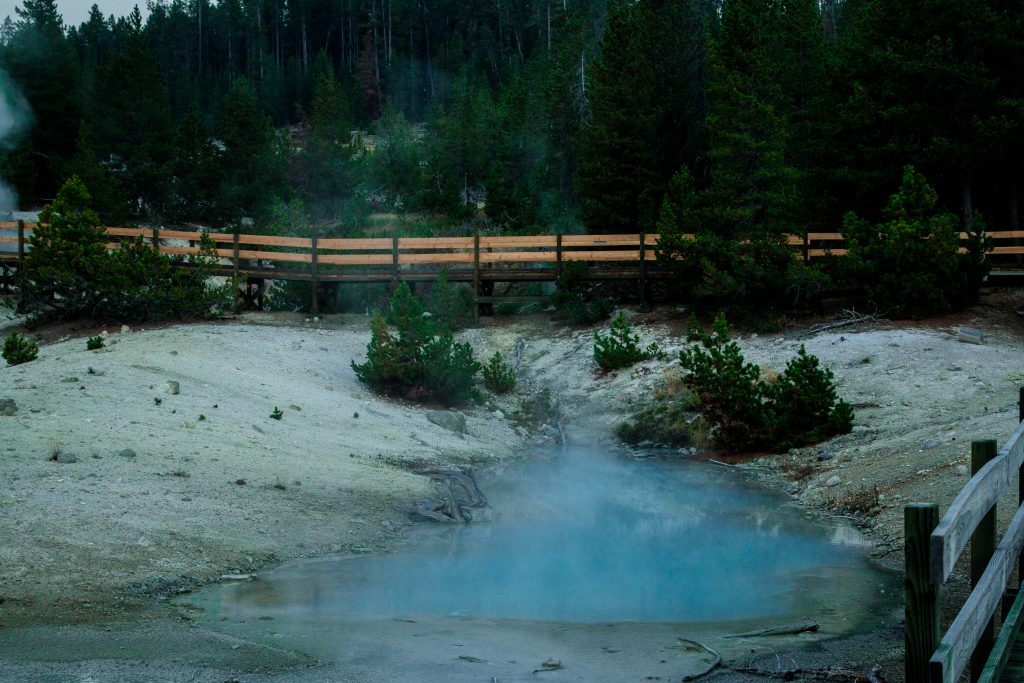
Porcelain Basin – Sunday Geyser
Tips:
- Walk along the boardwalk of Porcelain Basin and Back Basin to witness the geysers and hot springs
- Check for the closure of the basins in the park app and plan accordingly
- Do visit the Norris Museum
- Stop by roaring mountain to listen to the hissing sound
- If you don’t feel well near to the geysers, leave the location immediately
We started the next day from Livingston around early morning and drove towards the North entrance through Paradise Valley.
Paradise Valley is a scenic drive from Livingston to Yellowstone’s North entrance which passes through rolling ranchlands and snowy peaks. The entire path follows the Yellowstone River from Livingston to the gateway town of Gardiner. No wonder why it is called as Paradise, as one can witness the ranchlands, farming lands with the sprinklers spraying down the water across roads, barns rolled up and arranged in the fields with snowy peaks of Absaroka mountains on the east and the Gallatin range in the west is a must to do drive if you are driving to North entrance from Livingston.
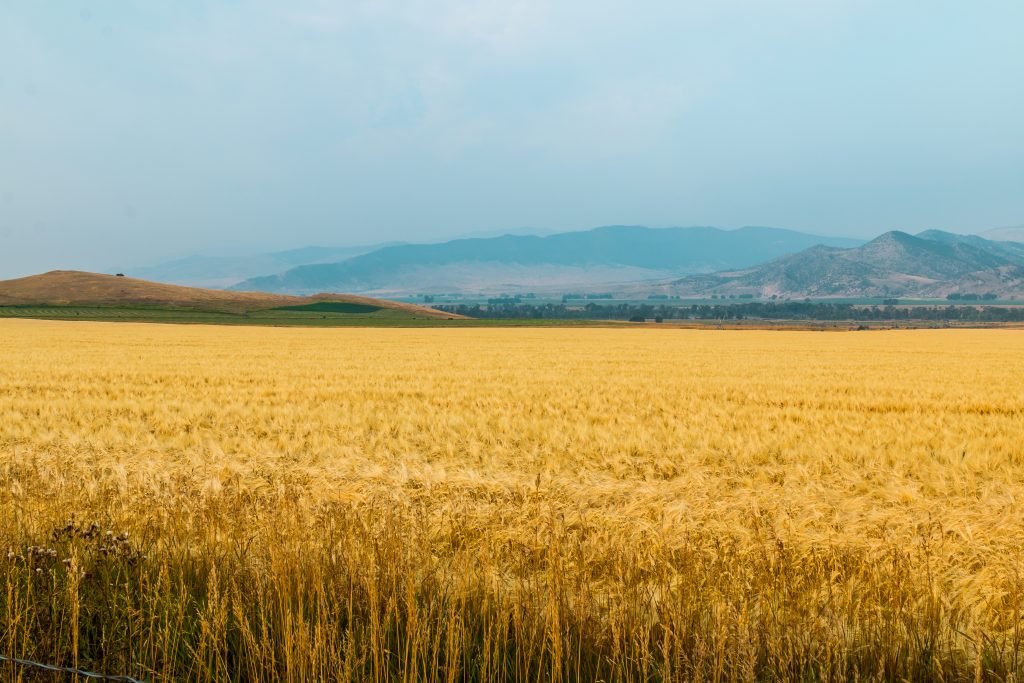
Paradise Valley
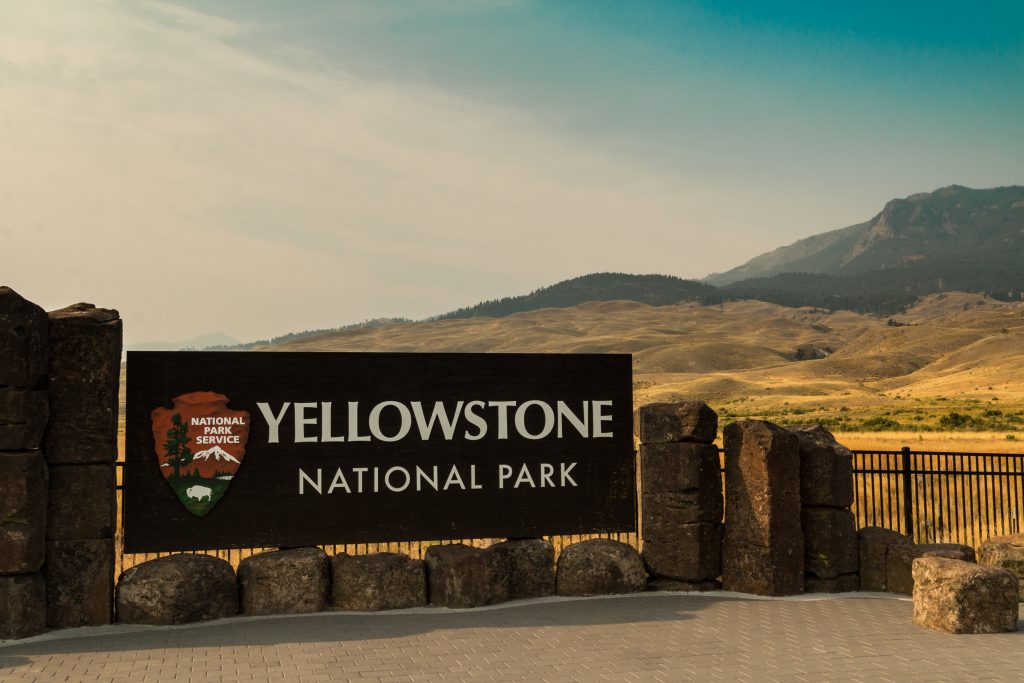
The Paradise valley joins with Highway 89 towards the end and ends in the Roosevelt arch in the North entrance of the Yellowstone National Park. As soon as you enter into the park, watch out for Pronghorns. North entrance has a higher concentration of Pronghorns and one can witness them in the dawn or at dusk. We saw Pronghorns close to the North entrance gazing freely in the grasslands inside the park.
MAMMOTH HOT SPRINGS
Mammoth Hot Springs lies in the northern part of the Yellowstone Park and is one of the world’s best-protected examples of travertine depositing hot springs. The features constantly change in the Mammoth area. The volcanic heat source for Mammoth Hot Springs remains a mystery to the scientists. They have proposed two sources, including the large magma chamber underlying the Yellowstone Caldera, or perhaps a smaller heat source closer to Mammoth. I highly recommend everyone to read how the Mammoth Springs work and the mechanism behind it.
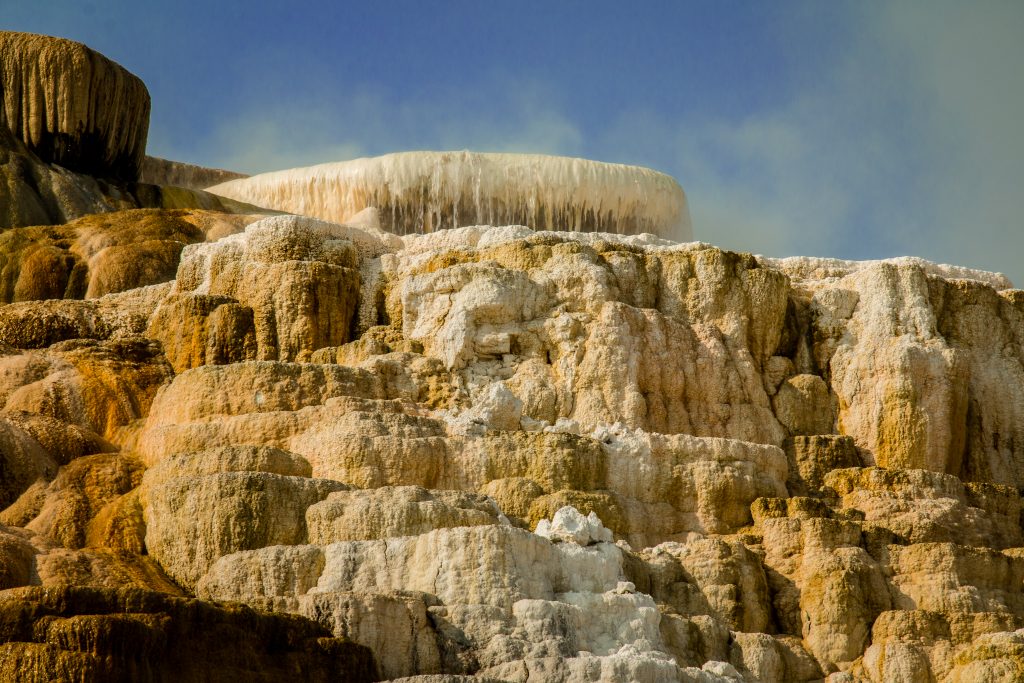
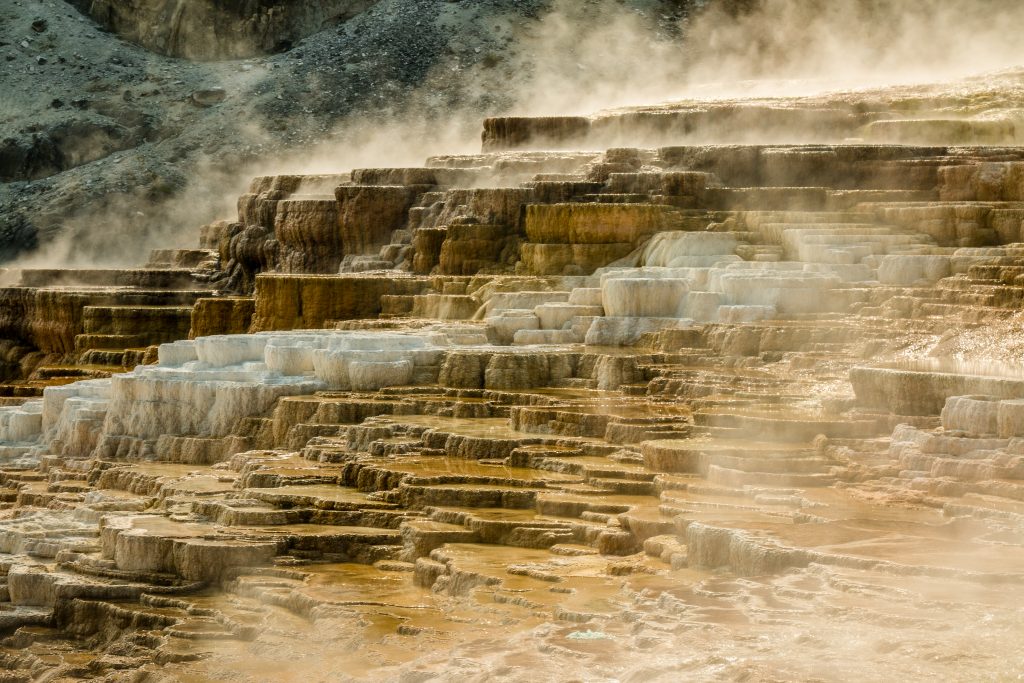
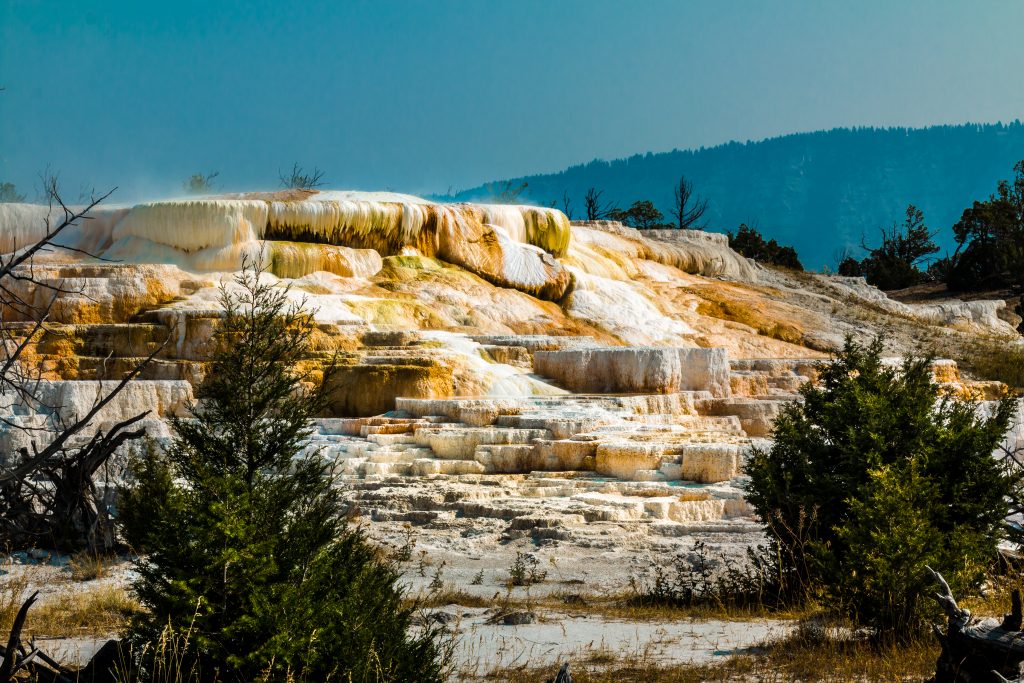
Fast Facts:
- A network of fractures and fissures form the plumbing system that allows hot water from underground to reach the surface in Mammoth Hot Springs
- Water from rain and snowfall seeps deep into the earth where it is heated
- Small earthquakes keep this plumbing open
- Calcium carbonate in the Limestone is dissolved by the carbonic acid and forms the terrace of the Mammoth Hot Springs
PLACES TO EXPLORE
-
Mammoth Hot Springs Terrace – Hydrothermal terraces that are constantly changing and contains springs that are colorful when active and white when dry. As short boardwalk takes you to the hydrothermal terraces and what you see along the walk is
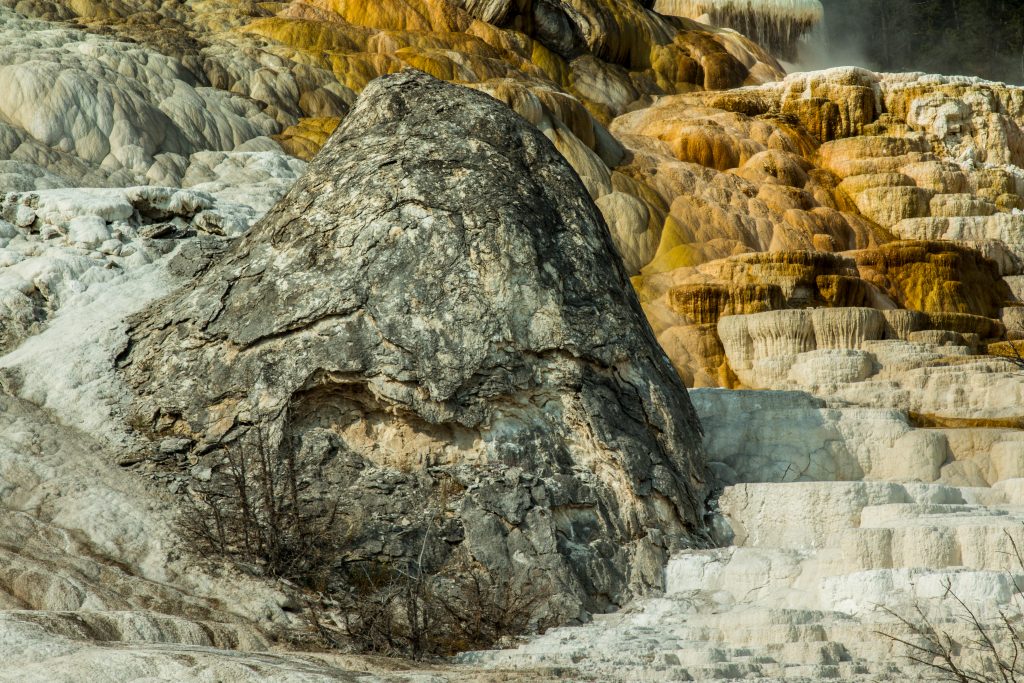
Black Rock near Palette Springs
- Liberty Cap – a dormant hot spring cone
- Palette Spring – thermophiles create changing palette in the water flowing in a crisscross pattern dominated by hues of orange and brown
- Opal Terrace – terrace across the road from the main trails
- Minerva Terrace – named after the Roman goddess if artists and sculptors
- Jupiter and Mound Terraces – displays cycles of Mammoth Hot Springs
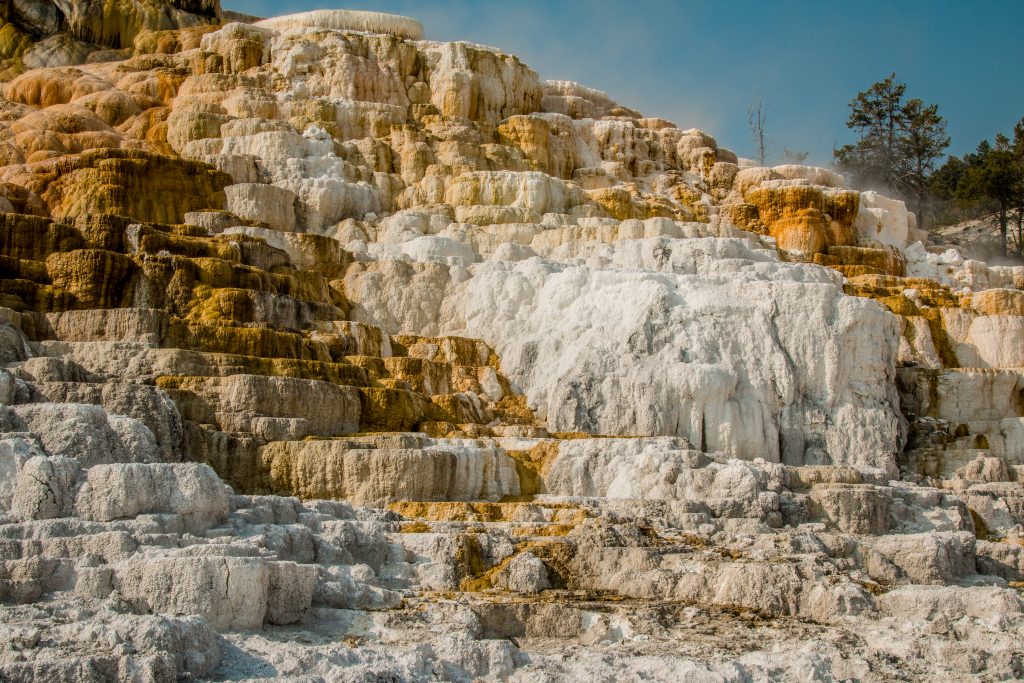
Palette Springs
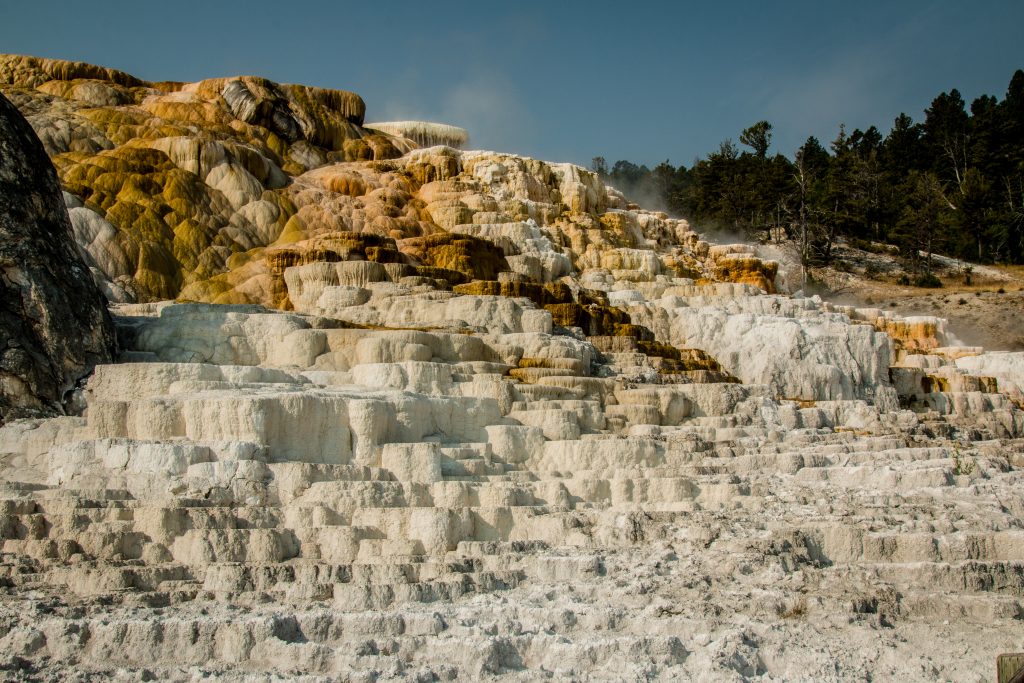
Palette Springs
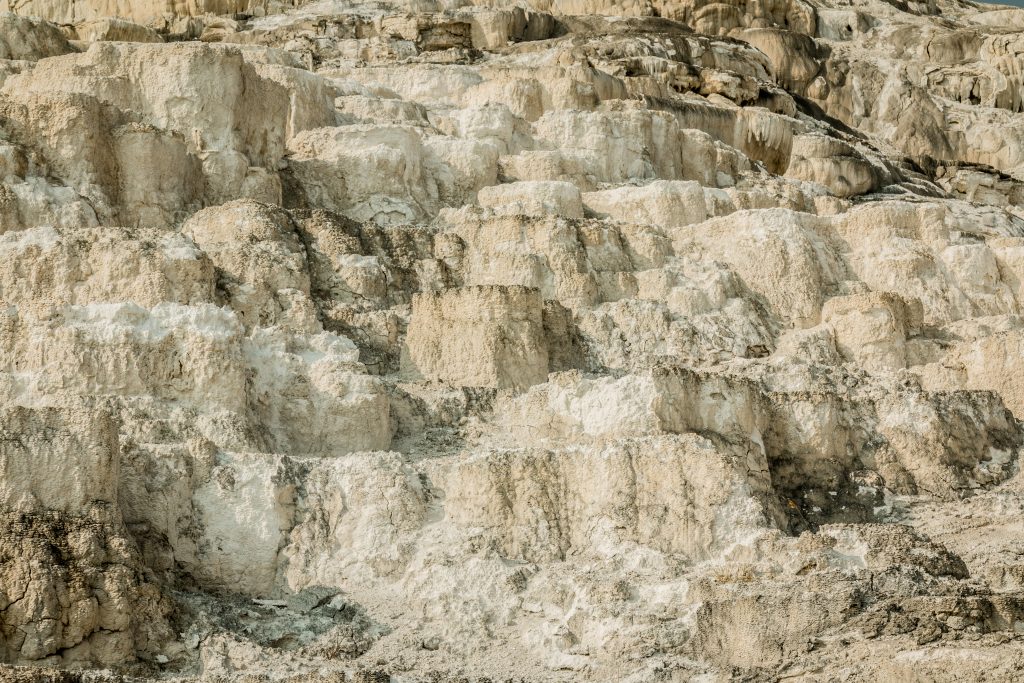
Minerva Terrace
-
Upper Terraces – A one-way scenic drive winds for 1.5 miles among hot springs and travertine formations. There are overlooks available in the upper terrace which features
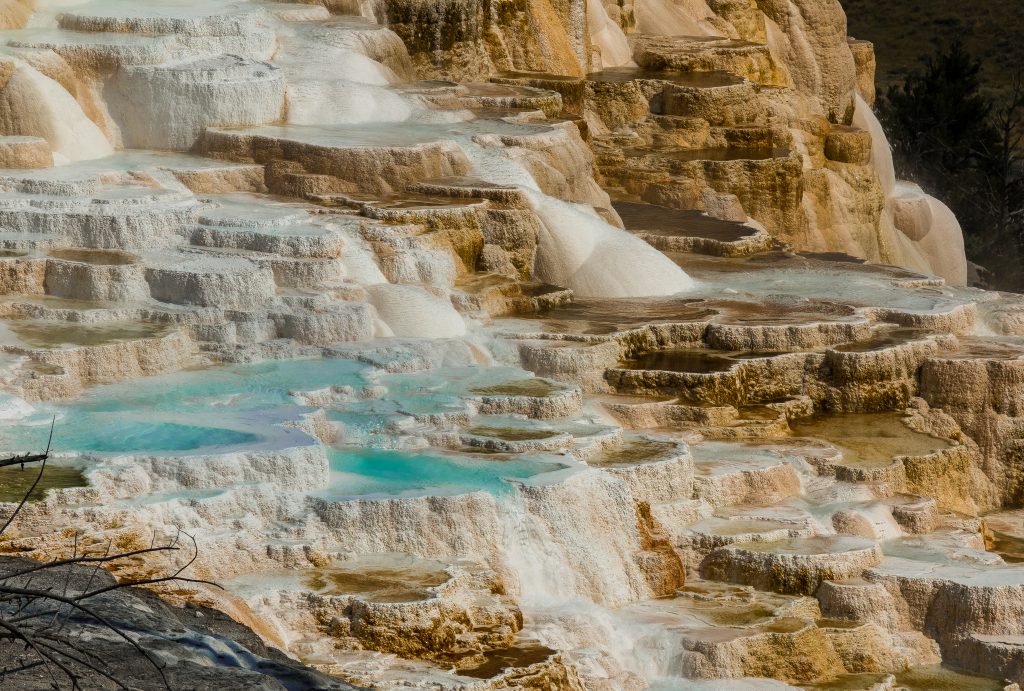
Canary Spring
- Main Terrace – large terrace with colorful springs
- Canary Spring
- New Highland Terrace
- Orange Spring Mound
- Bath Lake
- White Elephant Back Terrace
- Angel Terrace
- Historic Fort Yellowstone – take a tour of this wilderness outpost that was used in the 1800s to manage poaching, vandalism, and squatters
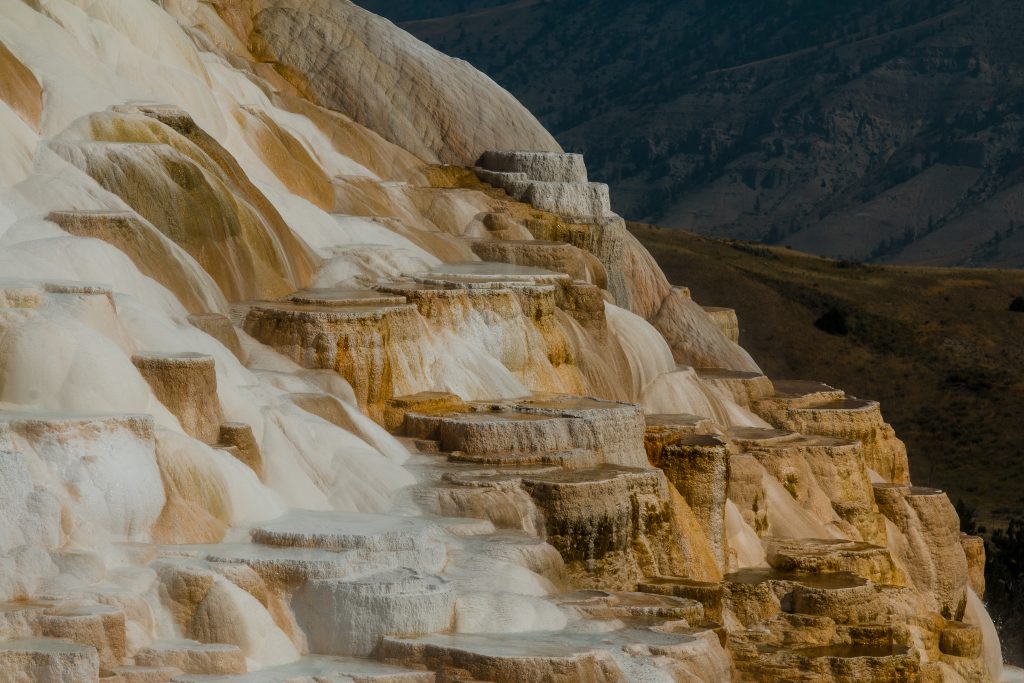
Canary Spring
- Heritage and Research Center – a few miles away from Mammoth Hot Springs is this state-of-the-art facility that houses Yellowstone’s museum collection, archives, library, and archeology lab
- Roosevelt Arch – beautiful stone arch at the North Entrance dedicated to the president who was famous for his conservation efforts.
- Boiling River – you can take a dip in the secret but not-so-secret Boiling River where the boiling water of the hot springs meets the cool water of the river making it just the right temperature to enjoy. It can get really crowded.
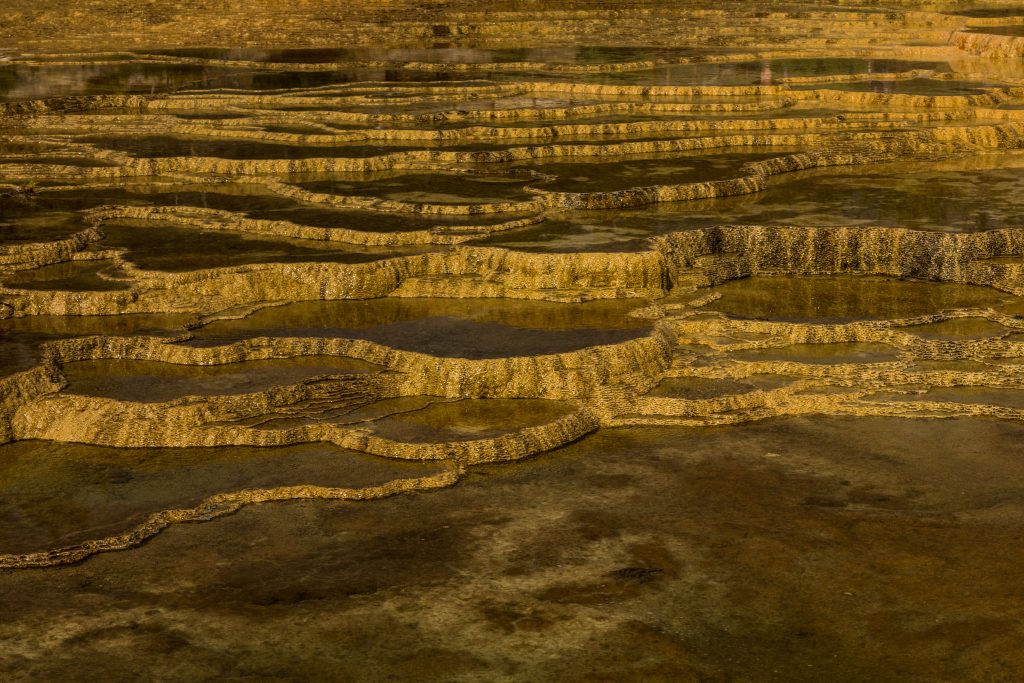
New Blue Spring
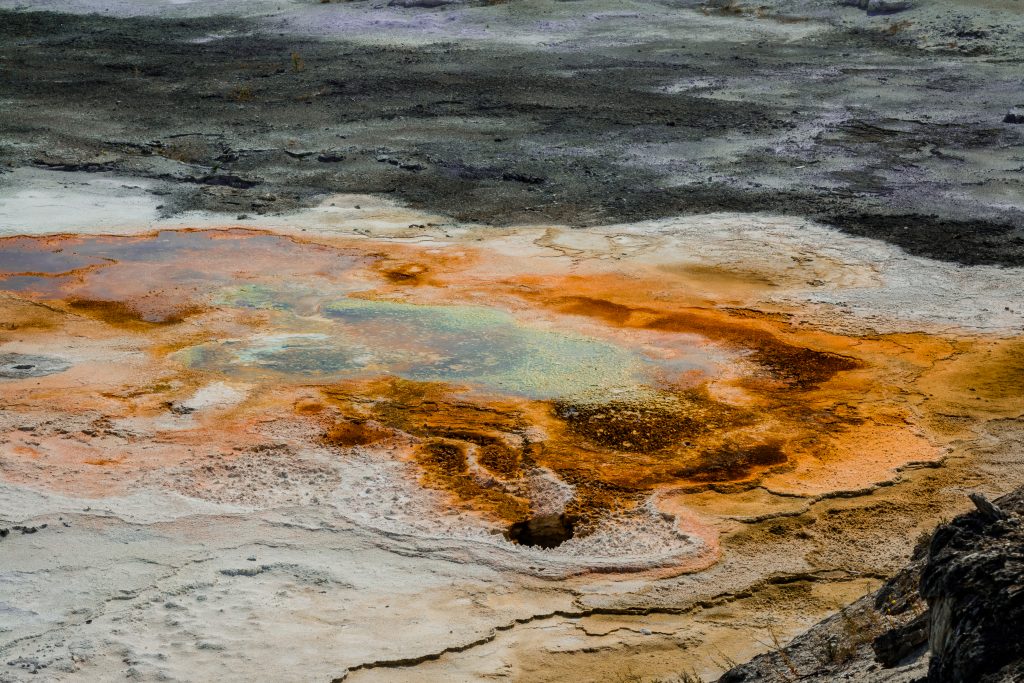
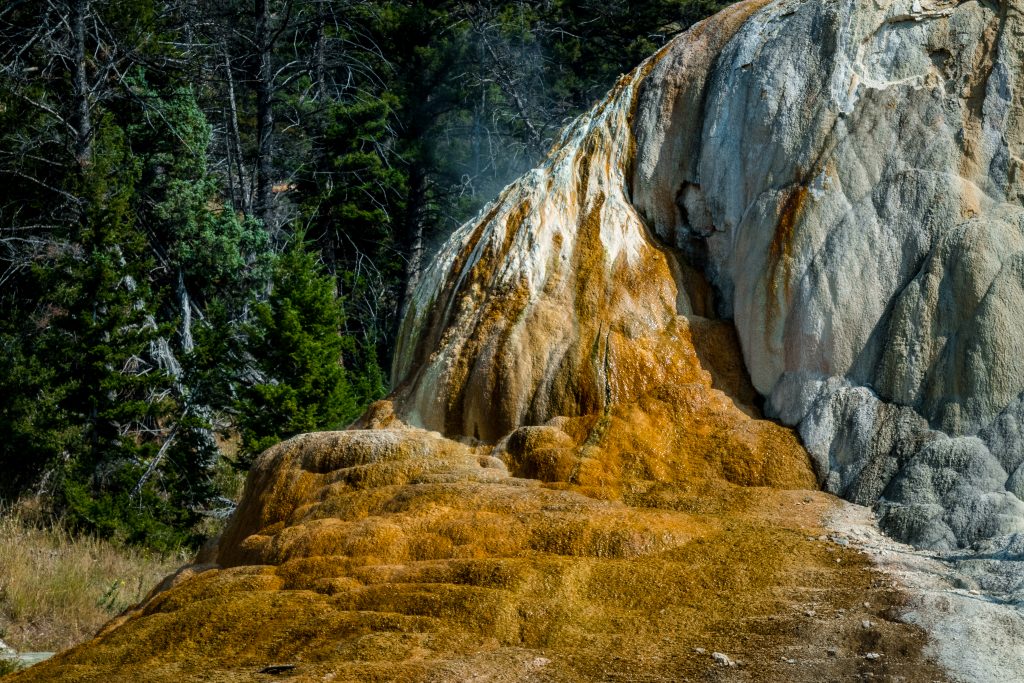
Orange Mound Spring
Tips:
- Take a stroll along the boardwalk to view the springs in the Mammoth Hot Springs Terrace
- Buses, trailers, and motor homes are prohibited in the Upper Terrace Drive
- Walk along the paved path in the Upper Terrace Drive to view the features.
- Horse corral spring has a view of Fort Yellowstone and Canary Spring
- A self-guiding trail of the Fort Yellowstone National Historic District begins in front of the Albright Visitor Center
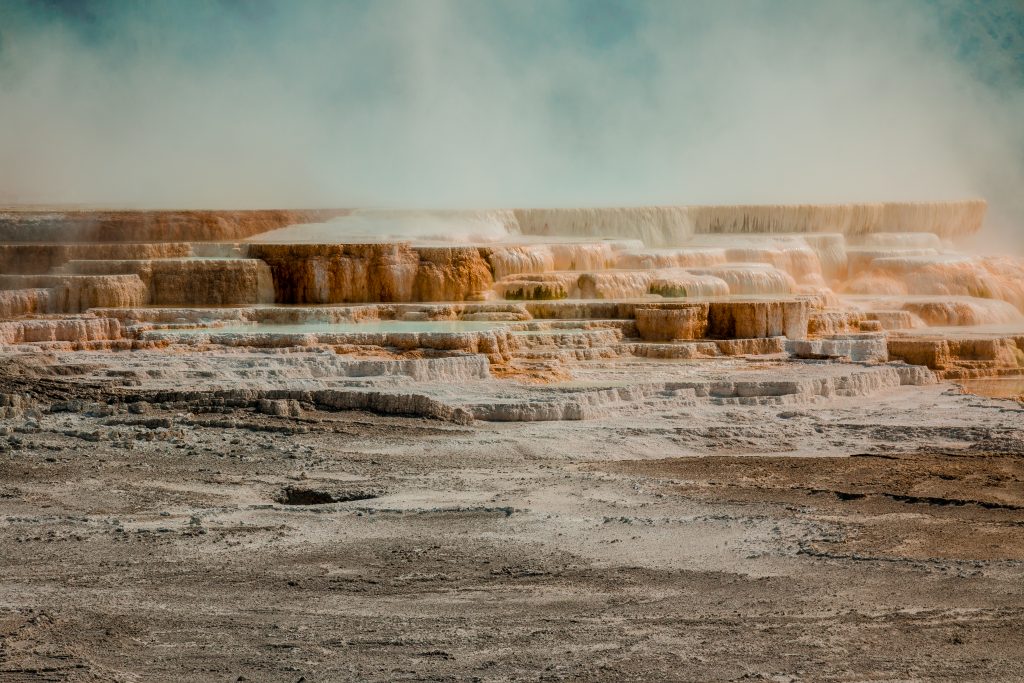
Upper Terrace – Palette Spring
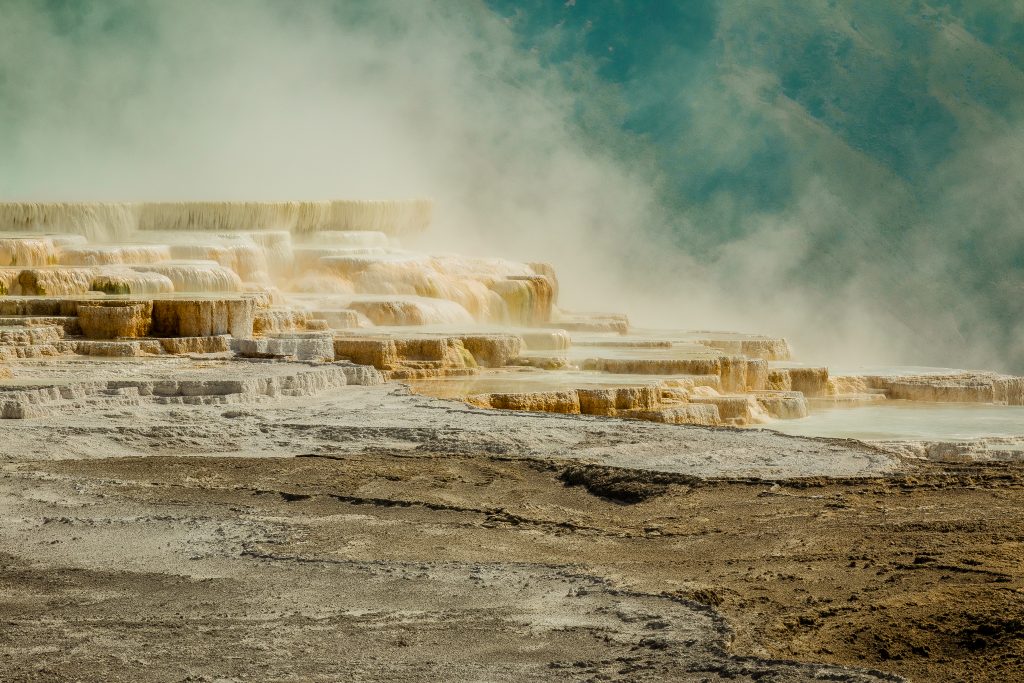
Canary Spring
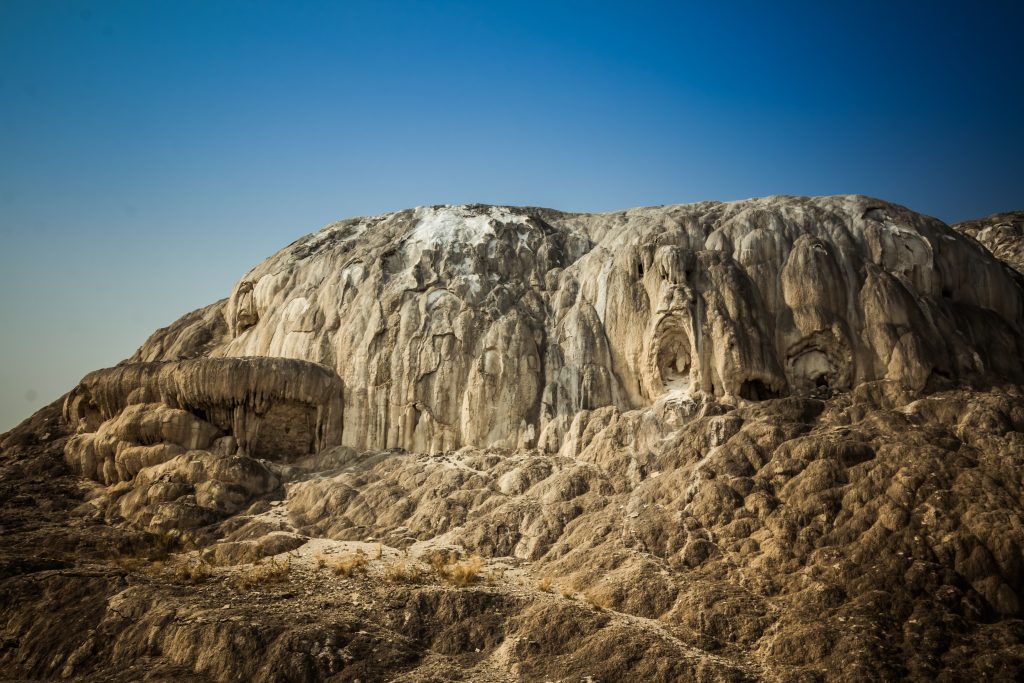
Mound Terrace
We visited the features in the Mammoth Hot Springs terraces and then we visited the upper terraces. We couldn’t visit the Yellowstone fort and the research center due to the time constraint, but one can get a glimpse of the Fort from the parking lot in the upper terrace area. Even though there is a paved boardwalk, one needs to walk extensively to witness every feature in the Mammoth lower terrace and upper terrace regions. Never ever miss the canary spring and the cascade flows in the Mammoth Area.
There are no restrooms available in the lower and the upper terraces. Hence plan accordingly. Also, I highly advise to carry water bottles as the heat in the region and from the geysers will leave you exhausted and dries up your throat in a short time. There is a strenuous trail connecting the lower and the upper terraces but I highly recommend to drive to the Upper terrace and view the features.
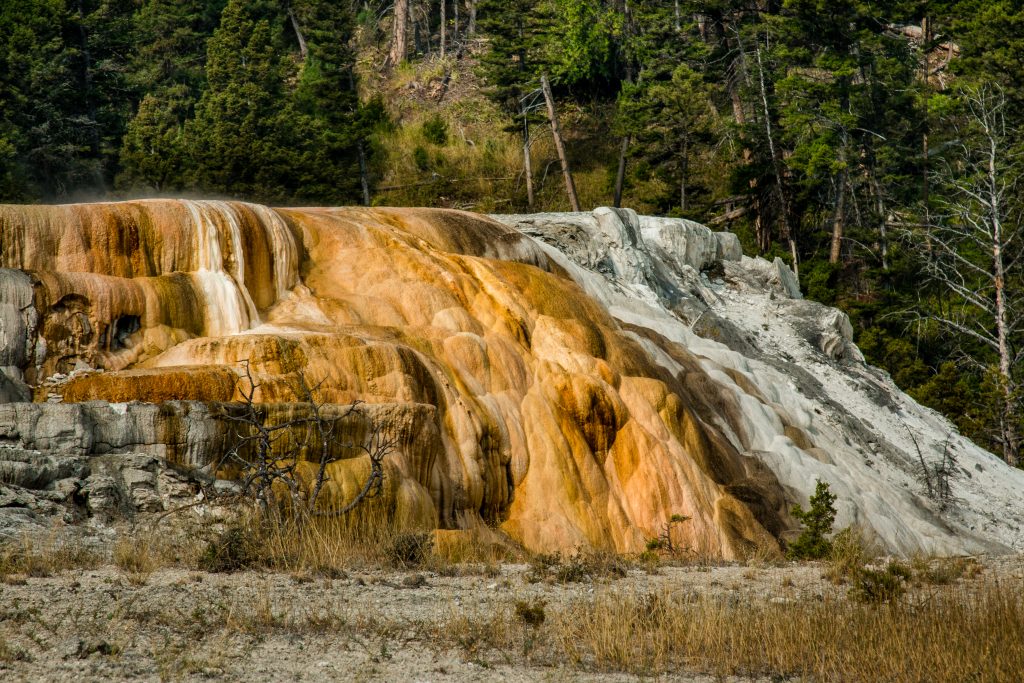
Cleopatra Terrace
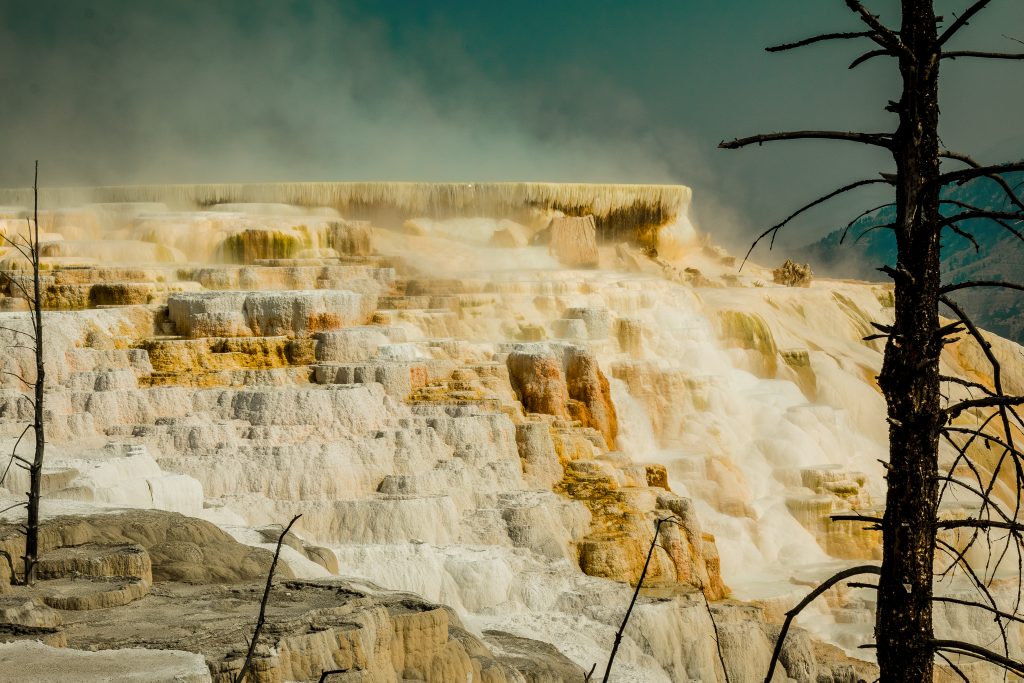
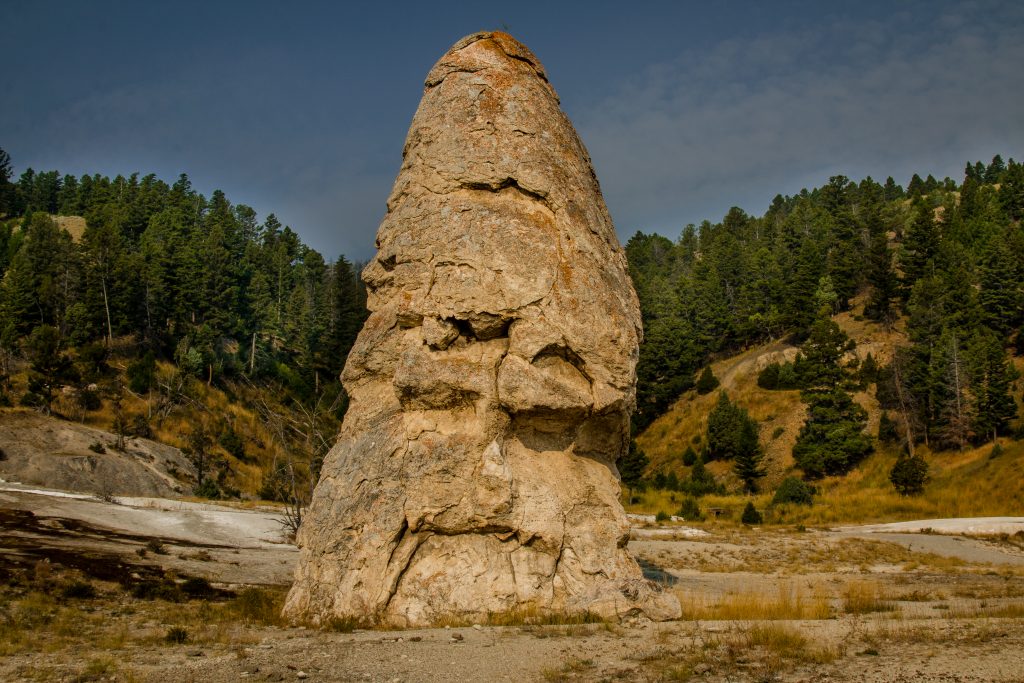
Liberty Cap
We then headed to the Tower Roosevelt Area. The area lies in the northeast part of the Grand Loop road. On the way to the Tower Roosevelt area from the Mammoth junction, stop by the picnic area to get a glimpse of Wraith falls. You will witness Blacktail pond on your way.
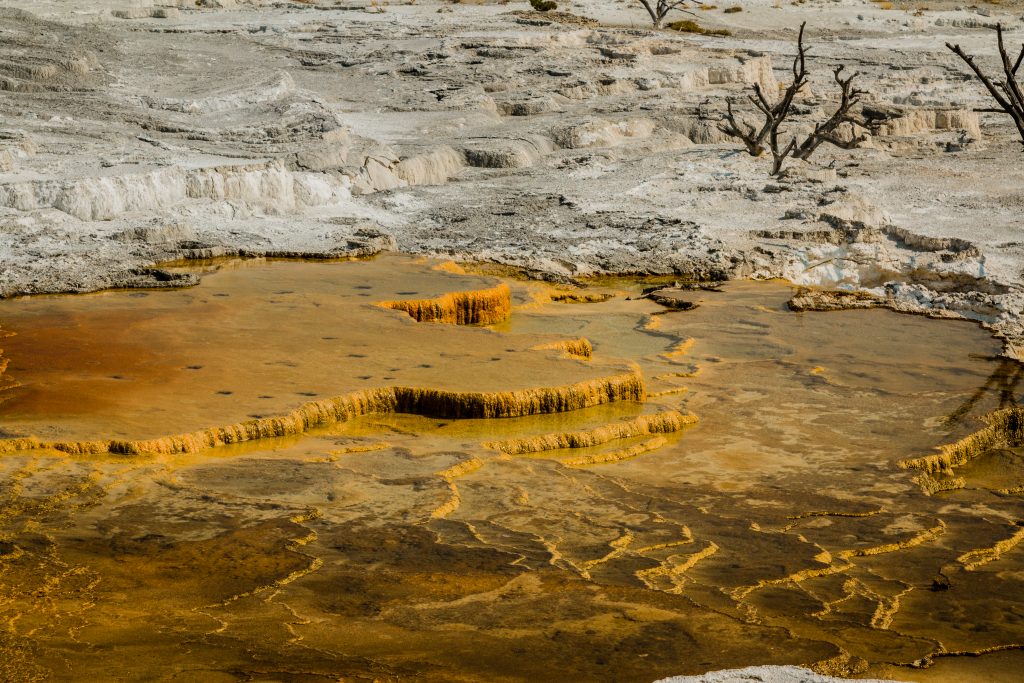
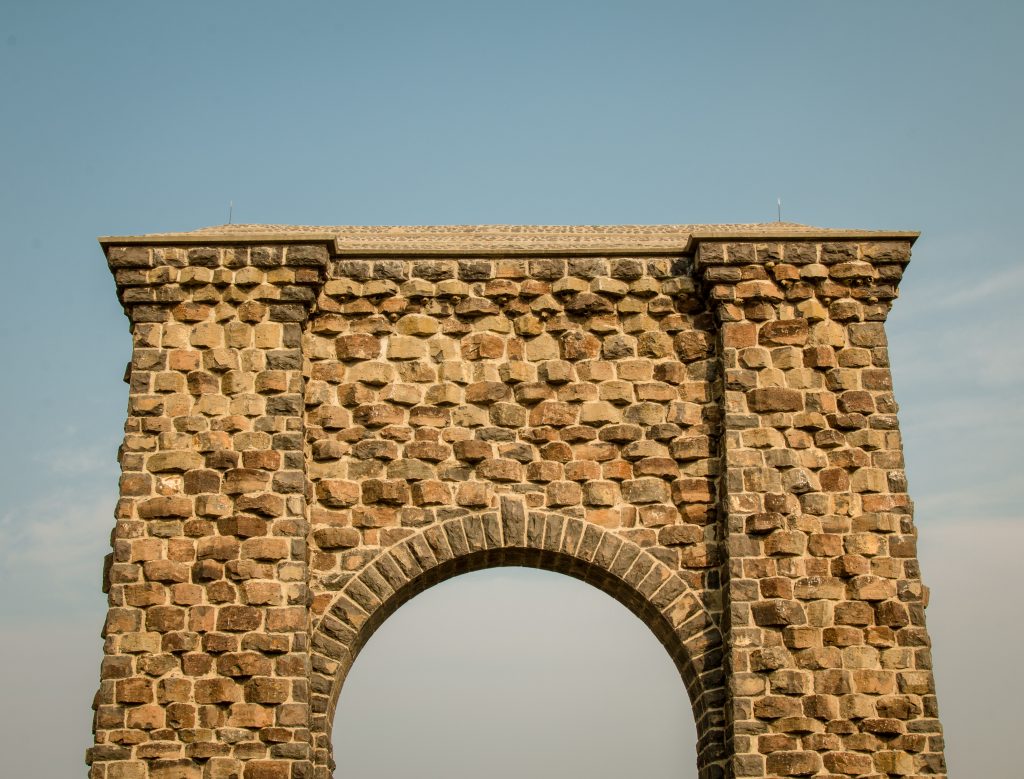
Roosevelt Arch
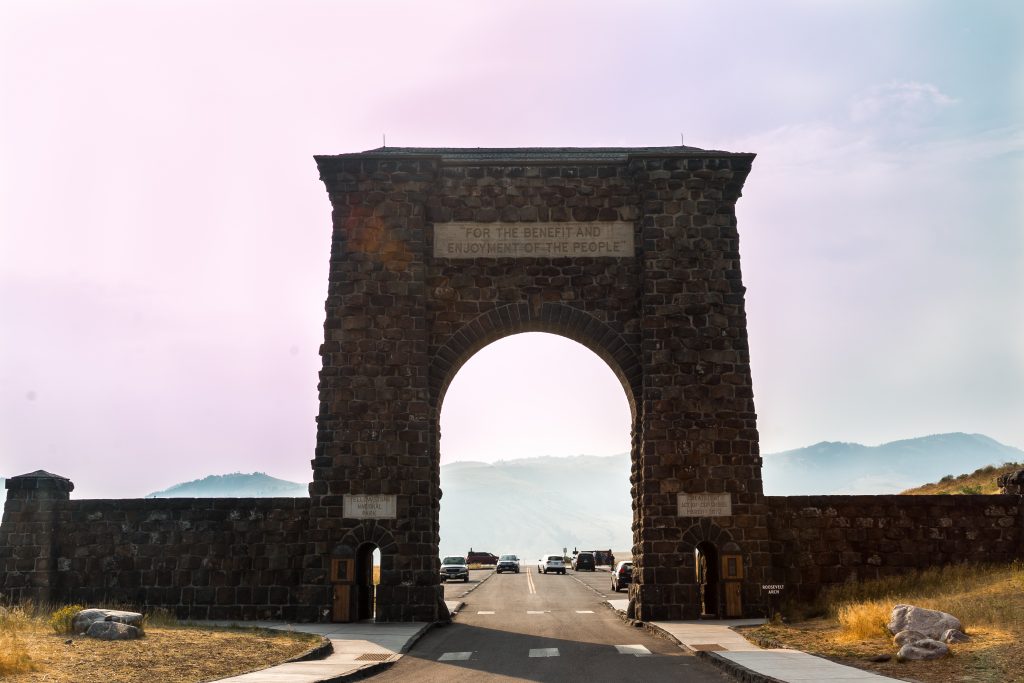
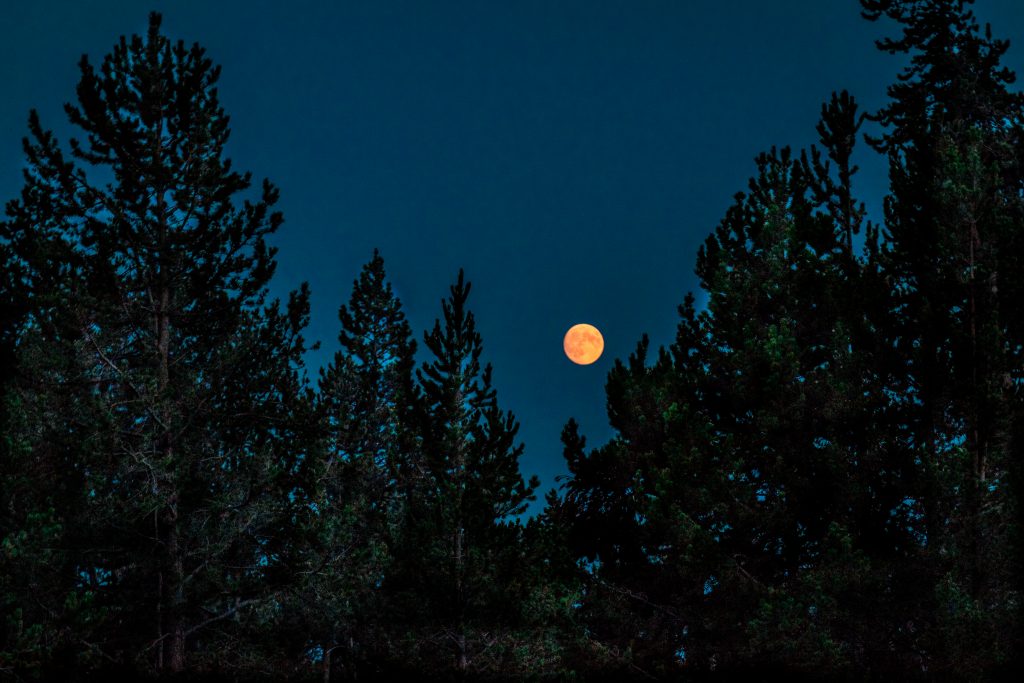
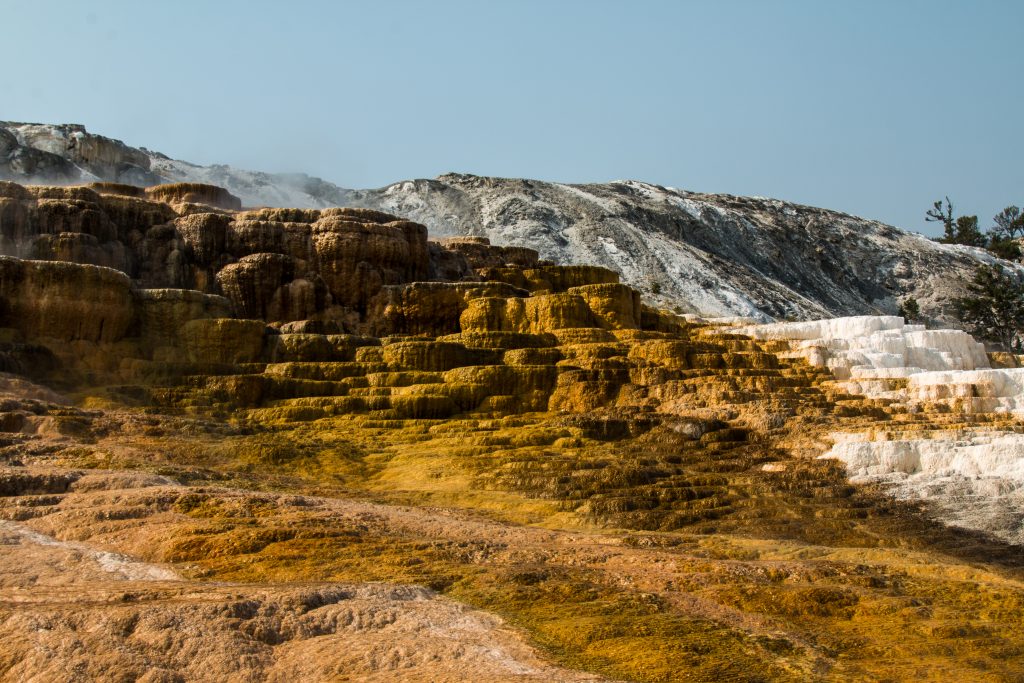
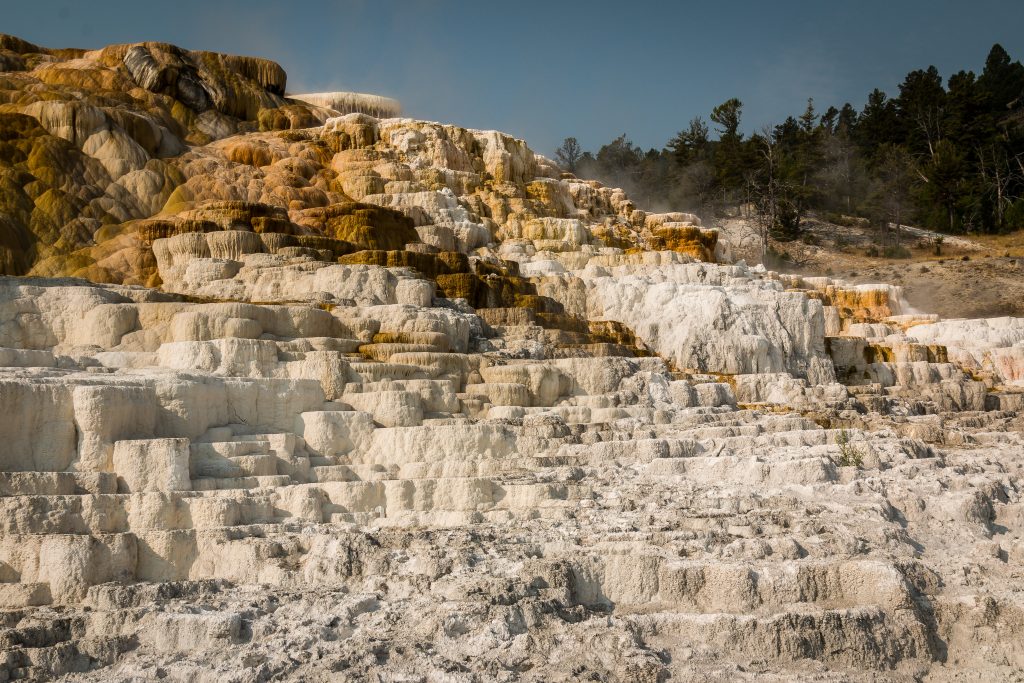
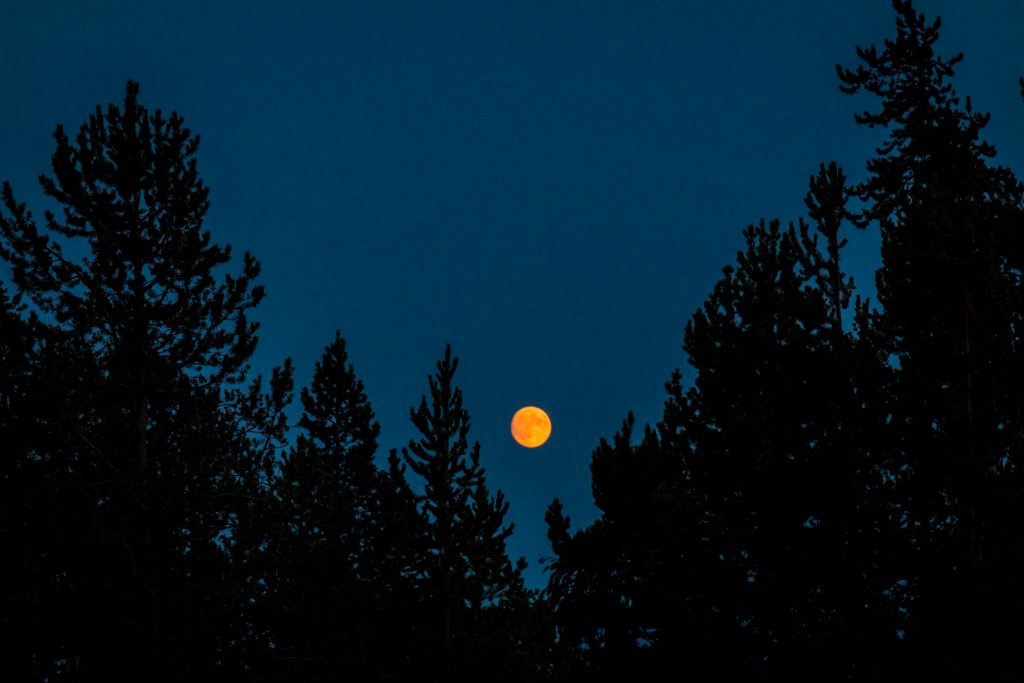
We will explore the remaining areas of the park in the next posts.
If you like my travelogue and wish to follow my travel stories further, then do like and follow my profile here – Facebook, Google, Instagram
Thanks,
Karthi
Facts gathered from the Park Website and the Pamphlets. The pictures in the post are clicked by me. The content and the pictures in the post belongs to the author. Reproduction and distribution of the content/pictures without prior permission from the author are prohibited.

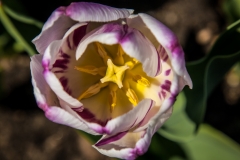
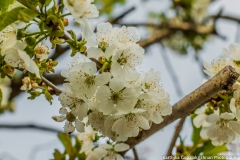
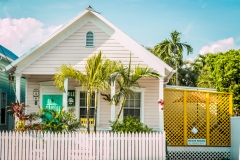
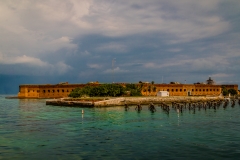
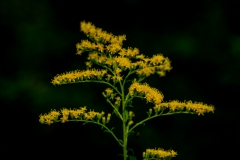
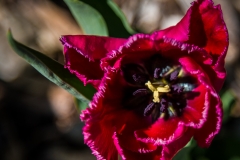
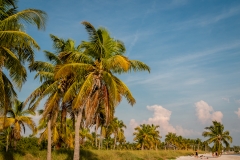
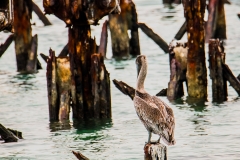
Aw, this was an exceptionally nice post. Spending some
time and actual effort to produce a top notch article?
but what can I say? I hesitate a lot and never seem to get anything done. http://demo.wprssaggregator.com/demo4497b53a/rapid-results-keto/
Hi., Thank you much for your kind words. It means so much to me. Yeah, it really takes time and effort to write a detailed post but then such comments make everything worth for the effort. Glad you liked the post.
I have been in that phase where I was stuck. I checked the blog and it does have many detailed and informative posts about Ketosis.
I absolutely love your blog and find nearly all of your post’s to be exactly I’m looking for.
Would you offer guest writers to write content available for you?
I wouldn’t mind creating a post or elaborating on a lot of the subjects you write in relation to here.
Again, awesome weblog!
Thank you so much for your kind words.
Hi there! Someone in my Facebook group shared this site with us so
I came to give it a look. I’m definitely loving the information.
I’m bookmarking and will be tweeting this to my followers!
Terrific blog and great design and style.
Thank you for stopping by. Wish to see you more here!